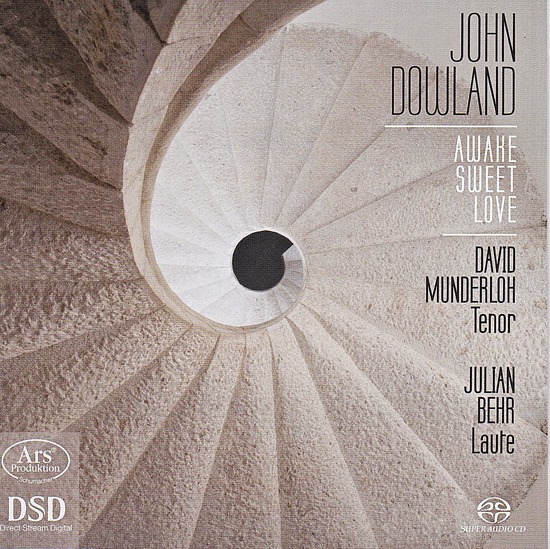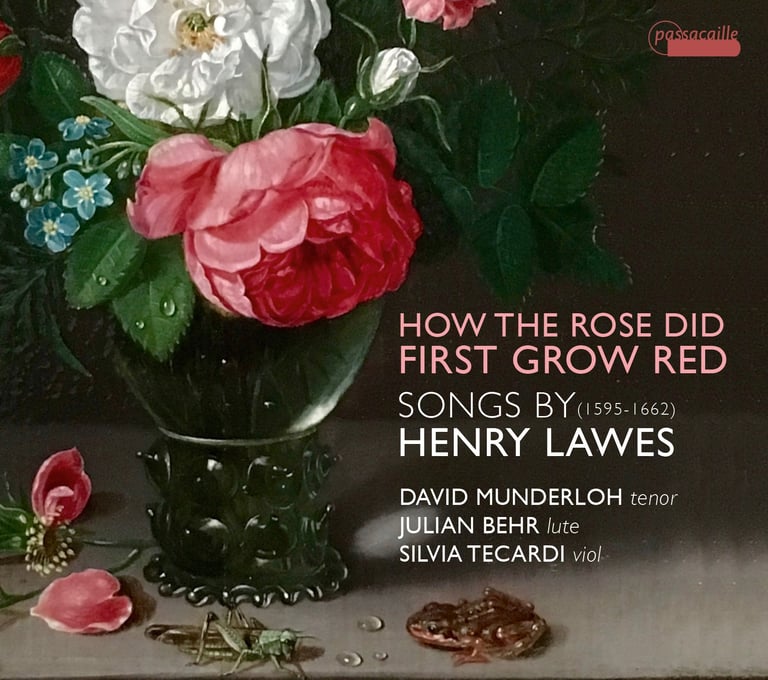
Recordings
SOME people STILL have a CD player. It is true!




Sample: In Darkness Let Me Dwell
© ARS Produktion
Sample: Sabrina Fair
© Passacaille Records



Contact
Get in touch - say hello!
theensoensemble@gmail.com
+41 78 806 90 92
© 2025. All rights reserved.
